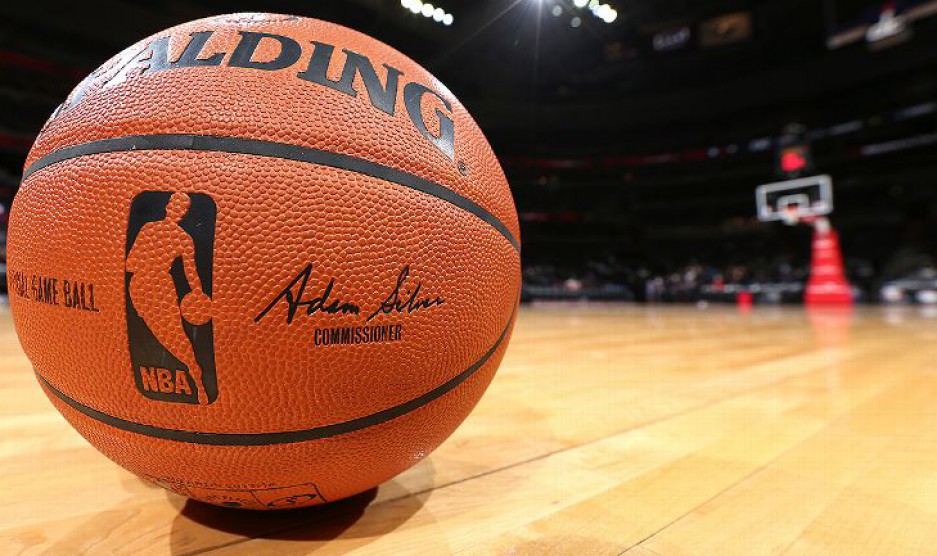
Look at the NBA landscape and things are pretty clear – it’s the Warriors, and everyone else. The Dubs, fresh off a championship, have come out firing to a 5-0 record, against four teams that were in last year’s Western Conference playoffs. Not until Wednesday’s thrilling win over the Clippers had the Warriors even had to sweat in a fourth quarter. Steph Curry is lethal and it seems each key cog has somehow improved from last year.
Naturally, the league’s other teams want to emulate Golden State. They are the standard-bearer for NBA excellence, sure, but the effort to transform into a Warriors-like identity is especially strong because they are viewed as unorthodox. They’re challenging convention by playing small, fast and with a deep bench. Ask 10 casual fans about who the Warriors are and I bet nine of them will talk about their pace and knack for outside shooting. It’s only part of the answer, however. Several teams have latched onto this half-truth in building their rosters, coaching staffs and overall identity.
Teams seem to forget the main ingredient in the Warriors’ hearty basketball stew – DEFENSE.
Yes, Curry is in the conversation for best scoring point guard of all time. Indeed, the Warriors led the league last year in pace, scoring, effective field goal percentage and three-point percentage, while finishing second in offensive rating. But it was their versatile and suffocating defense that drove the Dubs to 67 wins and an NBA title. Pace and space is a great concept, until your stretch four is getting smoked on the perimeter and your “rim protector” is getting dunked on (See: Mirotic, Nikola and Gasol, Pau).
I’m going to pick on the Bulls for another minute because I watch most of their games and I still can’t believe Charlotte hung 130 on them Tuesday night. Chicago scored 105 in that game, something they did 29 times in 2014-15. Last season, under Tom Thibodeaux, the Bulls went 24-5 in games in which they scored at least 105 points, winning those 24 games by an average of 11 points. They never lost by more than 11 when scoring that much, and in fact all season only allowed 130+ once, in a double overtime loss to the Mavericks. After kicking Thibs to the curb, the Bulls’ brain trust took major steps to Warriorize the team, bringing in Fred Hoiberg to install his pace-and-space, three point-heavy system. Hoiberg immediately moved Joakim Noah to the bench and is using stretch lineups with more shooters on the floor, such as Doug McDermott, Nikola Mirotic and Aaron Brooks. In a vacuum, this all makes perfect sense for a plodding offensive team looking to change its ways.
But the Bulls, and others such as the Pacers, Mavericks, Pelicans and even the Thunder, are missing the forest for the trees. There is a foundational dilemma at the heart of the small-ball revolution. How do you score in bunches, push the pace and create matchup nightmares for opponents on one end, while not becoming a sieve on the other end? Is it possible to gain the upper hand in matchups on both ends and blow teams out of the gym? If you’ve constructed a roster like the Warriors, then yes and yes. The LeBron-era Heat and the 2013-14 Spurs also proved the model. Teams that are playing small for small’s sake and not emphasizing the defensive end are setting themselves up for some ugly nights. Like when you give up 130 to Charlotte, those kind of nights. The Spurs were able to surround Tim Duncan’s rim protection with three or four deadly shooters. The Heatles had LeBron, Wade and Bosh in their primes and featured a trapping, frenzied defensive scheme that made up for lack of size in the middle.
Golden State works because they can go small or big, while always rolling out lineups that can switch screens, protect the rim and force turnovers. They have Draymond Green and nobody else does. He can cover quick guards for stretches on the perimeter, switch any screen and as he showed against Zach Randolph in the Warriors’ 50-point demolition of Memphis, he can body up almost any big. His unique talents combined with the rim protection and rebounding of Andrew Bogut allows Golden State to go small or super-small and never give up much defensive integrity in the paint. Klay Thompson, Harrison Barnes and Andre Iguodala are swiss-army knives on the perimeter that can switch to big men without allowing easy buckets. Throw all of this together with their shooting and running ability. The result is a championship-proven monolith that may not be replicable. The Warriors have set a standard that is not statistically attainable. Here are some Warriors numbers from last season to go with the offensive ranks listed above: 1st in opponent’s field goal percentage (.428), 1st in defensive rating, 1st in margin of victory, 2nd in blocks, 4th in steals, 5th in opponent’s turnovers, 6th in rebounding. Dear Lord.
Good luck matching that with Mirotic and Gasol playing more minutes than Noah and Taj Gibson. Or with Paul George at the four, next to Ian Mahinmi. Or with Enes Kanter taking minutes from Steven Adams.
OKC and Chicago are breaking in first-year coaches, and the season is very young. They may well figure out the right mix of minutes, tempo and defensive strategies. But they don’t have – and no one does – the roster versatility on both ends that Golden State has. They’d be well served to do like the rest of us: simply watch the Warriors in awe and try to make their own way.

One thought on “So You Want to Be the Warriors?”